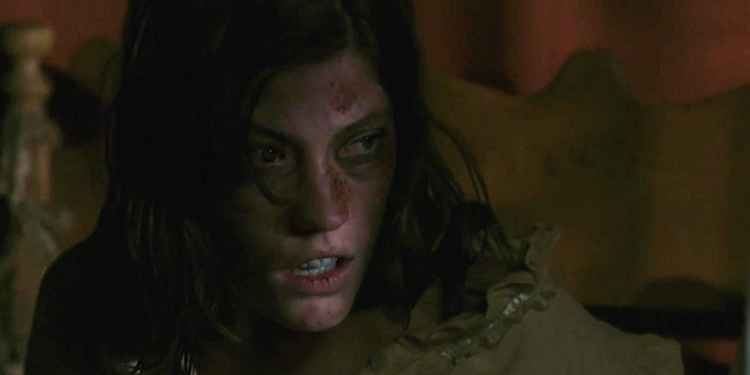

This page is more than five years old.
We've been uncovering some of the real life haunted histories of Hollywood movies, today it's the turn of the 2005 supernatural film, 'The Exorcism Of Emily Rose'.
Directed by Scott Derrickson and starring Laura Linney and Tom Wilkinson, the film is unique as the only supernatural horror that is also a courtroom drama. The story is based on the real-life legal battle that followed the death of a young German girl named Anneliese Michel in 1976.
Anneliese's name has been changed in the movie version to Emily Rose, the title character, and the movie is set in America.
In reality the problems started for Anneliese when she was 16 - three years younger than in the movie's plot. Anneliese lived with her devout Catholic family in Bavaria and her troubles started while she was at high school. Just like her on-screen counterpart she was diagnosed with epilepsy and psychosis after suffering a major seizure. She received medication and psychiatric treatment, but it failed to cure her.
Anneliese started claiming she'd seen the "devil faces," hallucinated while praying, and heard threatening voices. Eventually she started to become intolerant of Christian sacred places and objects, such as the crucifix. During a pilgrimage with her family, she was unable to enter a shrine as she claimed the soil burned like fire.
For the family, all of this led them to the conclusion that she was demonically possessed and they called in a priest to help with the situation. Father Ernst Alt deemed it necessary to exorcise the young girl, who was becoming increasingly aggressive and had begun hurting herself. The church granted Alt permission to perform the rite and sent father Arnold Renz to assist him.
The movie version mirrors this, but rather than being two priests, there is just one named Richard Moore. The paranormal activity that the priest encounters during the exorcism is greatly exaggerated. In reality there were 67 exorcism sessions over an 11 month period and by this time Anneliese's parents were turning away medical professionals.
On July 1st, 1976 Anneliese Michel was found dead in her home. In the movie we learn that Emily dies from self-inflicted wounds and malnutrition, this is pretty similar to the real story. Anneliese was found to have died from malnutrition and dehydration due to being in a semi-starvation state while the exorcism rites were performed.
The grim truth is that at the time of her death she weighed just 30kg, had contracted pneumonia, and was suffering from two broken knees, which apparently was caused by her continuous genuflecting.
The movies sees the fictional version of the priest on trial in court after his arrest in connection with Emily's death. In the real life case it was in fact four people on trial. The defendants were both the priests - Ernst Alt and Arnold Renz - and Anneliese's parents, Josef and Anna Michel. Doctors told the court that Anneliese's possession was the result of her very religious upbringing, and like in the movie, the trial also included the playback of audio recording of the exorcism.
In the real trial the priests were defended by church sponsored lawyers, while the parents were defended by a top German law firm. This is mirrored in the movie by the character of Erin Bruner, a lawyer in a growing law firm who is sent to defend the priest by the archdiocese. As far as we known, no lawyers experienced any supernatural phenomena at home as a result of the case like Erin did in the movie.
Just like in the movie, the verdict was guilty. All four defendants were found guilty of criminally negligent homicide. The prosecution told the court that Anneliese's death could have been prevented even one week before she died. They were sentenced to six months in prison, but were not jailed, instead they were given three years' probation. The priests were both fined and the parents were deemed exempt from punishment as it was decided that they had suffered enough already.
A similar sentence was passed in the movie. The jury recommended to the fictional court that Father Moore's sentence should be time served and he was free to go.
Scott Derrickson made sure the movie was intentionally vague as to whether or not Emily was truly possessed, instead leaving it to the viewer to make their own mind up. He said, "we tried to put at the centre of the movie the question of why did she die, and what is the truth behind this phenomenon? And ultimately to not answer it."
After the real-life trial the church changed its position on the case and admitted that Anneliese's condition was the result of mental illness and not demonic possession. The bishop who authorised the exorcism said he never would have if the extent of Anneliese's illness had been explained to him.
More Hollywood Haunted Histories
See All
ArrayOctober 29, 2019
15 Supernatural Movies Based On Real Ghost Stories
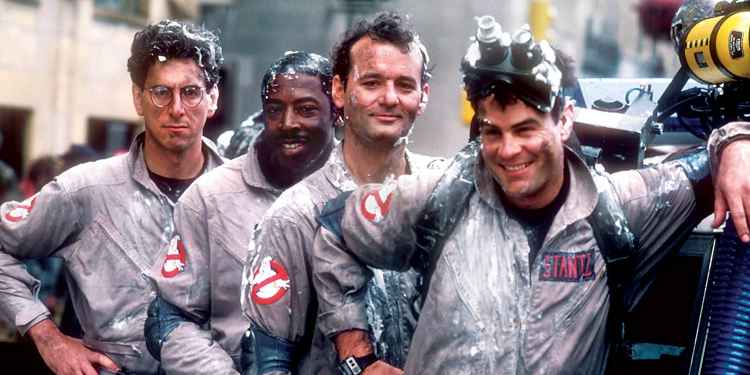
ArrayOctober 27, 2019
The Real Paranormal Science Behind 'Ghostbusters'
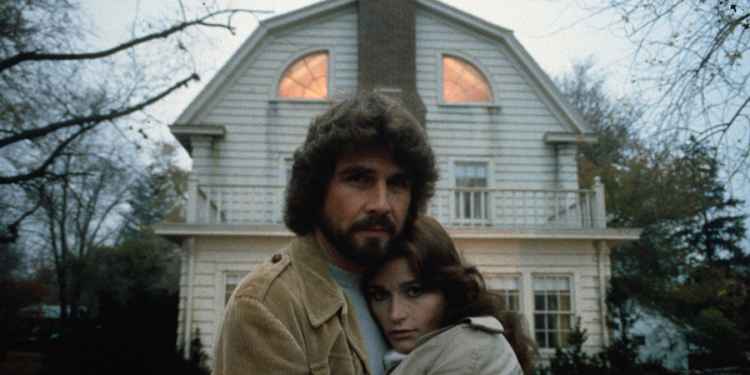
ArrayOctober 25, 2019
The Real Haunted History Of 'The Amityville Horror'
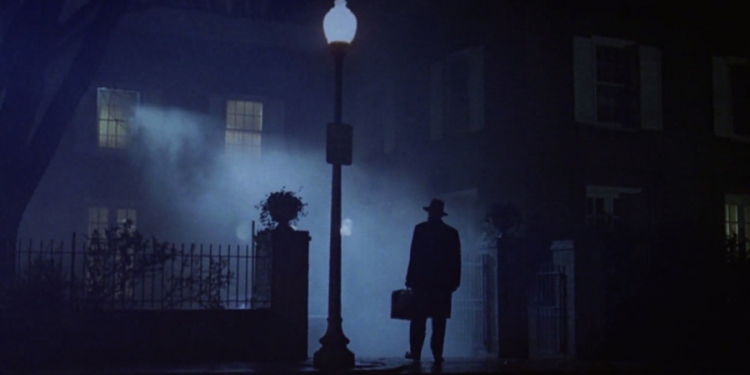
ArrayOctober 23, 2019
The Real Haunted History Of 'The Exorcist'
Learn With Higgypop
Hosted by Paralearning in association with Higgypop, these courses on ghost hunting, paranormal investigations, and occult practices draw on the experience of our team of paranormal writers.

Diploma In Advanced Scientific Theory For Paranormal Investigators
This course gives you practical and useful knowledge of ghost hunting and paranormal research, which is invaluable when conducting your own paranormal investigations or as part of a group event.
View Course
Diploma In Practical Ghost Hunting & Scientific Analysis
This course gives you practical and useful knowledge of ghost hunting and paranormal research, which is invaluable when conducting your own paranormal investigations or as part of a group event.
View CourseMore Like This
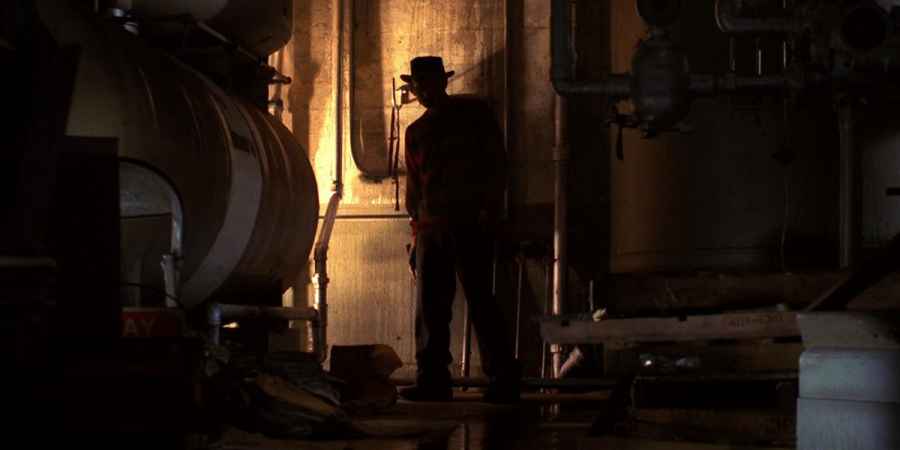
Nightmare On Elm StreetApril 08, 2025
New 'A Nightmare On Elm Street' Movie Reboot Gets An Official Update
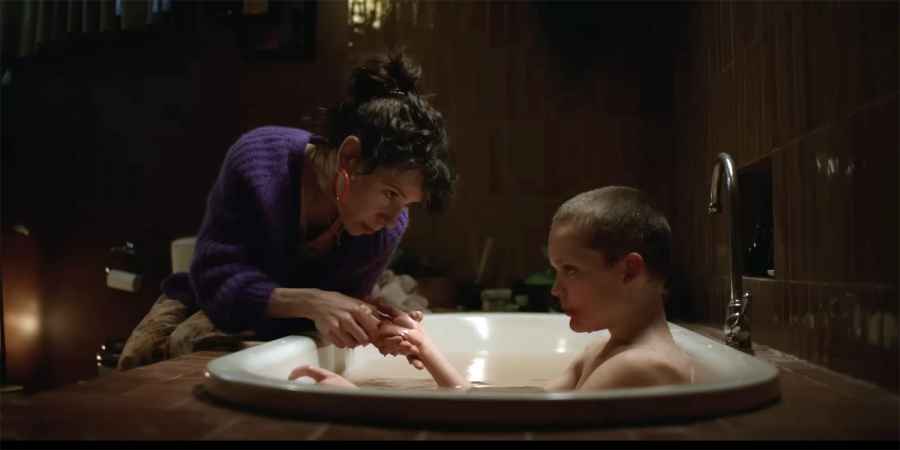
HorrorApril 03, 2025
Watch The Trailer For Australian Horror Movie 'Bring Her Back'
 See More on Audible
See More on Audible
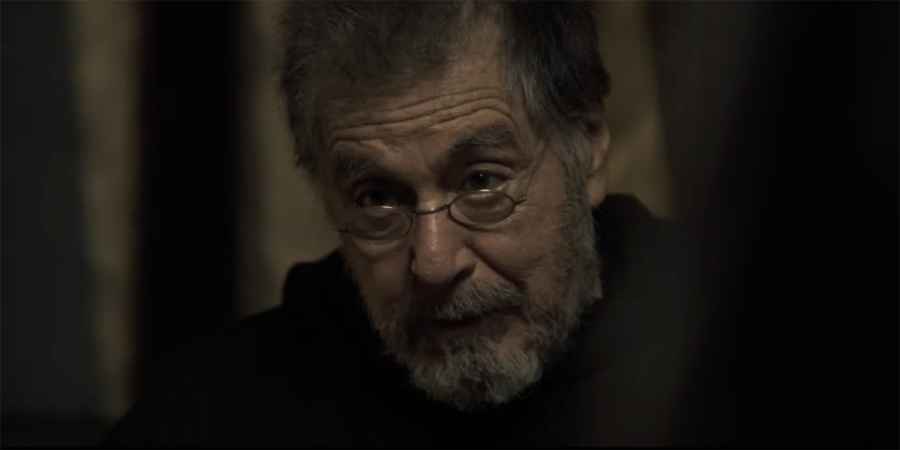

Comments
Want To Join The Conversation?
Sign in or create an account to leave a comment.
Sign In
Create Account
Account Settings
Be the first to comment.